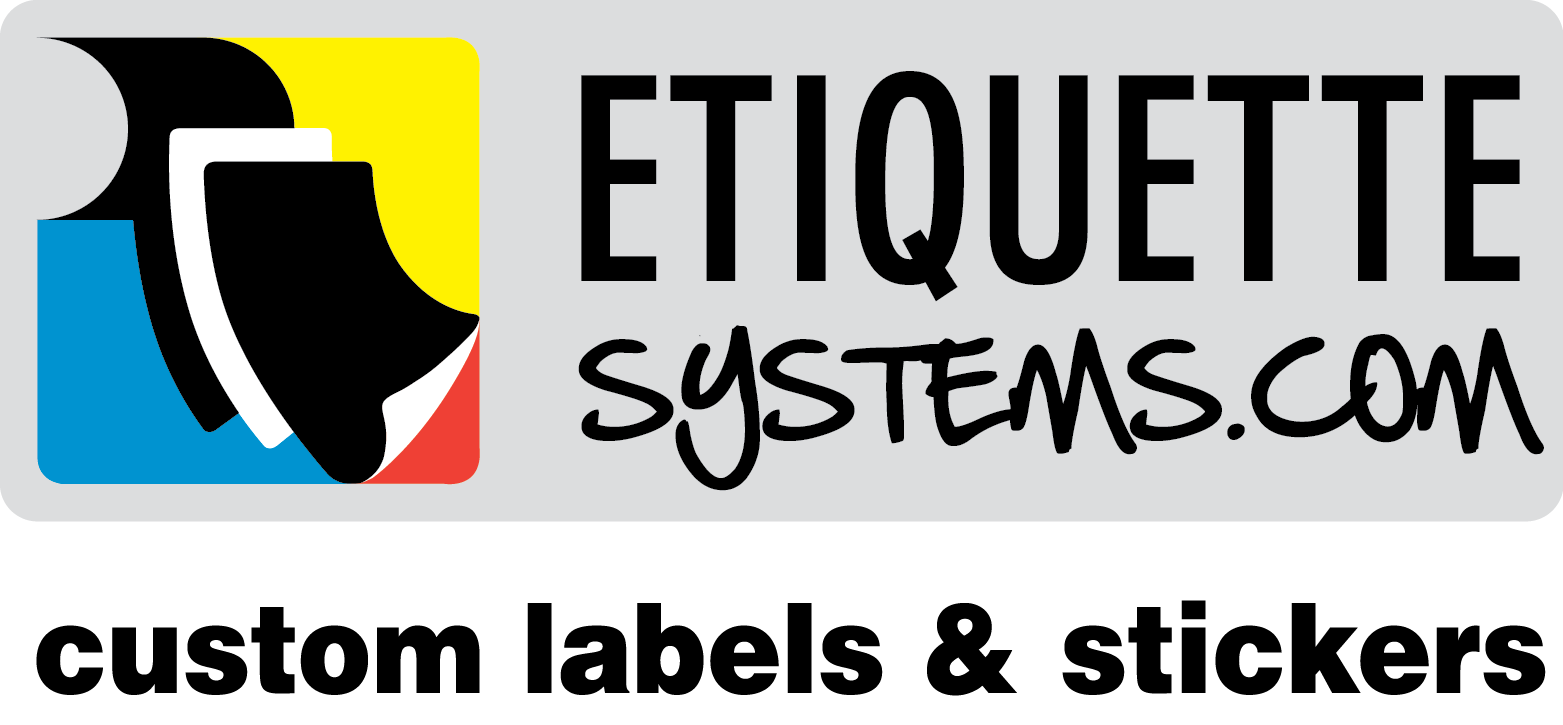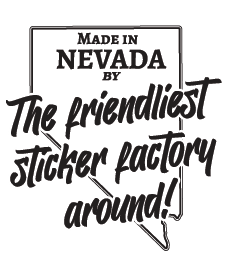A majority of our in-house printing is done by means of the conventional analog or “flexographic” method, taking advantage of UV-cured flexo-inks (along with other practices) to produce super-sharp custom labels made precisely to your specifications. We tightly control all the specifications you’ve requested, from color and content to size and shape of the finished labels. We think you’ll find it a fascinating process—so let’s take a brief look.
We produce labels using what we in the industry call an “in-line narrow-web flexographic printing/rotary die-cutting press,” which does the entire job, from printing to curing to cutting, all in one pass. This helps us get the job done quickly and economically.
Now remember, this is analog printing, not digital, so it requires a little setup work. This may take up to several hours. But once that’s done, the press very quickly produces wonderful, highly professional labels that you (and we) can be proud of. In my opinion, flexo-printing has definite advantages over digital, which is one reason why it’s still so widely used in our industry. We use a Mark Andy 4150 printer, which looks something like this.
Once we’ve determined the appropriate combination of label materials for your needs (check our Material Flexibility page for more details), we web the label stock through the printing press in large rolls. This allows the rapid printing of thousands of labels all in one go. Our maximum print area is 16 inches by 21 inches, which provides for a wide variety of formats and sizes for your labels. Obviously, it’s possible to print multiple labels within that space, which saves both time and material; so needless to say, the size of your labels will affect their final cost. The smaller the label, the more of them we can fit into the print area—so the less expensive they’ll be. We can supply labels in either metric or Imperial measurements. Just let us know which you’d prefer.
The Printing Process Itself
As outlined on our Printing Versatility page, we can print using combinations of the CMYK colors (full color process), or pour specific hues based on the Pantone Matching System (PMS). We can also add coatings (laminations or varnishes) to your labels, once the inks have cured. This doesn’t necessarily require another pass; it can be done using otherwise unused inking and curing stations.
But before we can print and coat your labels, we have to set up our printing plates on the printing machine’s rotary cylinders. Our plates are made from either rubber or “photopolymer,” a plastic-like material that undergoes a swift and permanent change under exposure to light. These plates are very flexible (speaking both literally and figuratively), and when used in association with our low-viscosity inks and UV-curing, produce great-looking labels surprisingly fast.




